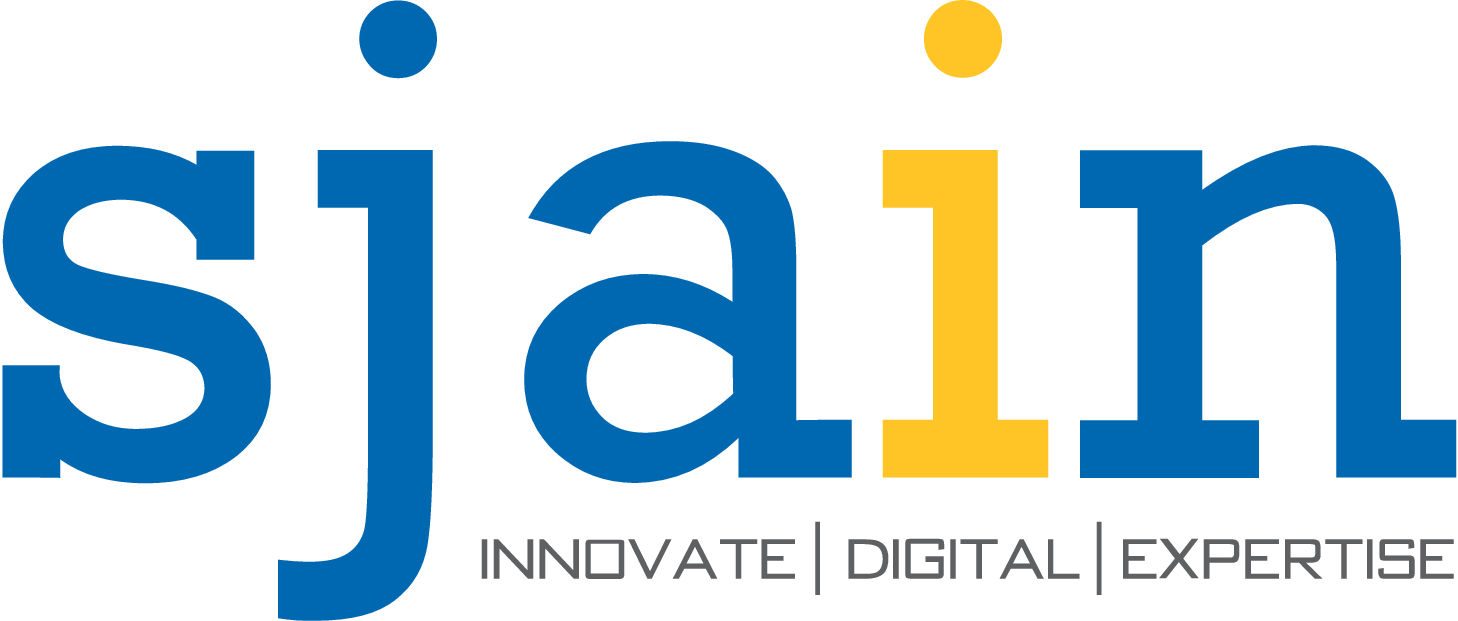Creating and Managing a Newsletter in Your Website
Newsletters have become a great tool used by companies to keep their clients interested and informed as digital marketing has grown. A well-written email can increase visitors to your website, boost your brand, and eventually raise revenue. This post will go over the essential stages for starting and managing an effective newsletter on your website.
Why You Need a Newsletter on Your Website
Newsletters are an excellent way to stay in contact with clients and keep them up to date on novel offerings, services, and special offers. You can create a connection with those who sign up and keep people engaged with your company by sending out newsletters on a regular basis. Moreover, newsletters can drive traffic to your website and increase your sales. According to a study by Campaign Monitor, email marketing has an average return on investment (ROI) of 4400%.
Planning Your Newsletter Strategy
Defining Your Audience and Goals
Before you start creating your newsletter, you need to define your target audience and your goals. What do your subscribers want to know, and who are they? What do you hope to accomplish with your newsletter? Are you trying to increase sales, promote your brand, or provide valuable information to your subscribers? Answering these questions will help you create a newsletter that resonates with your audience and achieves your goals.
Deciding on Content and Frequency
Once you have defined your audience and goals, you need to decide on the content and frequency of your newsletter. What topics will you cover in your newsletter? How often will you send it? Weekly, monthly, or quarterly? Keep in mind that your content should be valuable, engaging, and relevant to your subscribers. Also, make sure to balance your promotional content with educational and informative content.
Choosing a Newsletter Service Provider
To create and manage your newsletter, you need a newsletter service provider. There are many options available, such as Mailchimp, Constant Contact, and Campaign Monitor. Consider the features and pricing of each provider before making a decision. Advertise your newsletter on the internet, social networking sites, and other forms of marketing.
Designing Your Newsletter
Creating a Template
Your newsletter should have a consistent design and layout. To achieve this, you can create a template using your newsletter service provider’s editor. Your template should include your branding, such as your logo, colors, and fonts. Moreover, your template should be mobile-responsive, as many people read their emails on their smartphones.
Choosing Images and Graphics
Images and graphics can make your newsletter more visually appealing and engaging. However, make sure to use high-quality images that are relevant to your content. Also, avoid using too many images, as they can slow down your newsletter’s load time.
Writing Engaging Headlines and Content
Your headlines and content should be clear, concise, and engaging. Use headlines and subheadings to break up your content into smaller chunks. Moreover, use personal pronouns and conversational language to make your newsletter more relatable and enticing to your subscribers.
Building Your Subscriber List
To send your newsletter, you need subscribers. Building a subscriber list can take time and effort, but it is worth it in the long run. Here are some tips to help you grow your subscriber list:
Creating Signup Forms
Make it easy for people to sign up for your newsletter by creating signup forms on your website. You can place them on your homepage, blog, or contact page. Your signup forms should be short and simple, asking for only essential information, such as name and email address.
Promoting Your Newsletter
Spread the word about your newsletter through the website, networking sites, and other marketing methods. You can also offer incentives, such as exclusive content or discounts, to encourage people to sign up. Additionally, incorporate a CTA (call-to-action) in your advertisements, like “Login for our newsletters now!”
Measuring Your Success
To improve your newsletter’s effectiveness, you need to measure its success. Here are some metrics to track:
Tracking Open and Click Rates
Open and click rates indicate how many people have opened your newsletter and clicked on the links inside. A high open-and-click rate means that your content is relevant and engaging to your subscribers. On the other hand, a low open and click rate means that you need to improve your content or your subject lines.
Analyzing Subscriber Engagement
Subscriber engagement includes metrics such as forward and share rates, as well as unsubscribe rates. A high engagement rate means that your subscribers find your content valuable and are likely to take action. A low engagement rate means that you need to improve your content or your targeting.
Making Improvements to Your Newsletter
Based on your metrics, you can make improvements to your newsletter. For example, you can experiment with different subject lines, images, or content types. Moreover, you can segment your subscriber list and send targeted newsletters to specific groups.
Conclusion
Creating and administering an email newsletter on your online presence can be an effective method to connect with your audience, attract traffic, and enhance revenue. By following the steps outlined in this article, you can create a newsletter that resonates with your subscribers and achieves your goals. Remember to regularly measure your success and make improvements based on your metrics.

